Welcome to the second season of In Treatment METALOCUS, the text that you are now reading was written in Madrid, the headquarters of the magazine and the city where I currently reside. Madrid is not my hometown, and the texts that you will find in the next days are from architects in the same situation. Therein lays the vibrancy of this section. I must say that new technologies make the process of sending and receiving texts from various countries very easy. I mention this because a couple of years ago an exhibition came to Madrid about Brasilia where the very interesting mail –carefully exhibited in glass cases- between Niemeyer, Costa and Le Corbusier during its planning, could be seen. Sketches and handwritten notes are usual in these letters that are so valuable as documents as objects-letters, a vestige of a time when communicating over long distances was a committed and courageous act.
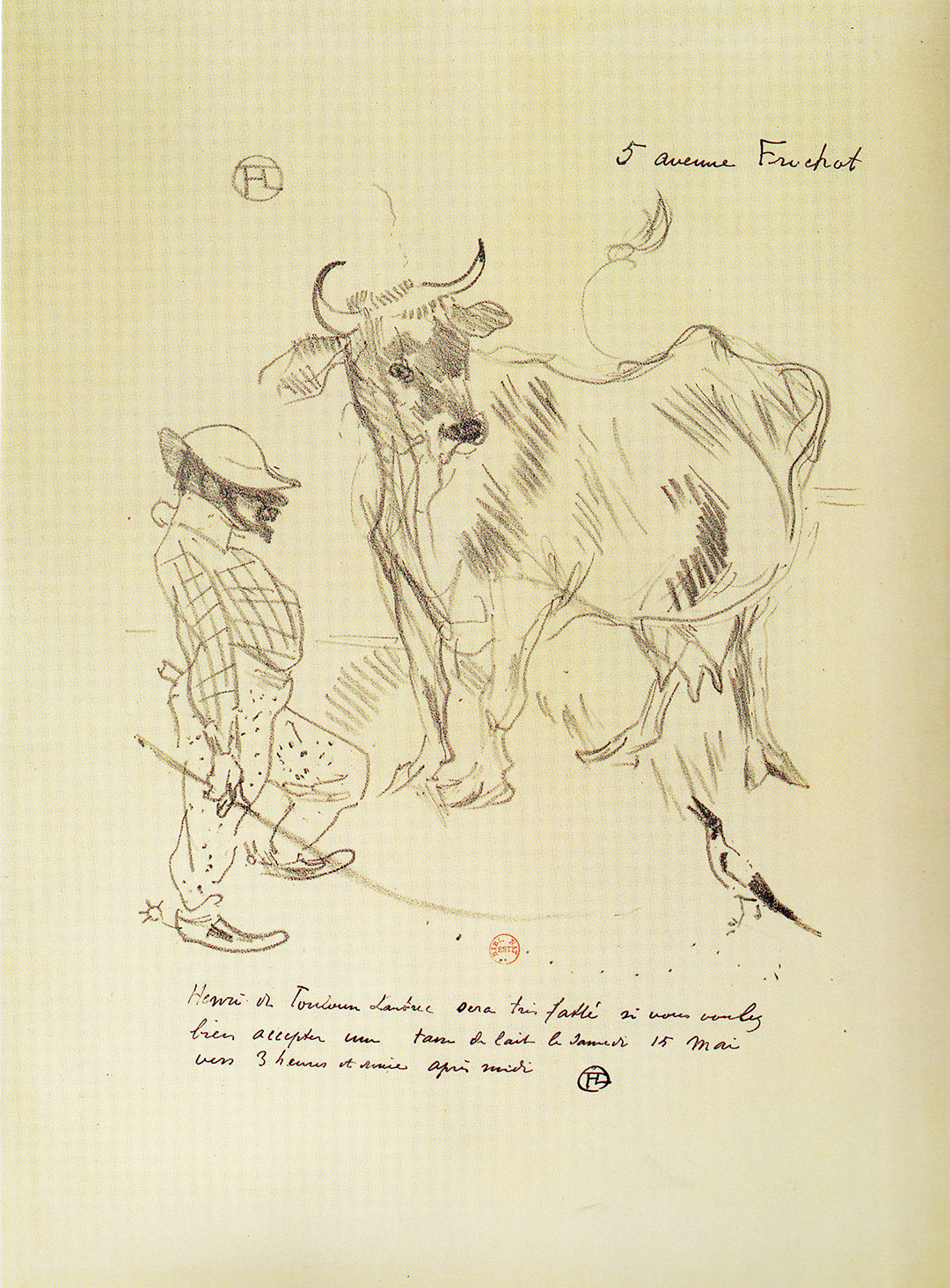
(1) Invitation from Henri de Toulouse-Lautrec. May, 1987. Paris, BNF, Département des Estampes.
Summering in the correspondence between artists is fascinating; each letter is a world to discover. Some examples: Henri de Toulouse-Lautrec in 1896 wrote from Paris to his mother that he found "a wonderful apartment". To this place in 5th avenue Frochot, in May 1897 he invited his friends to take a "cup of milk" (1). It is not a simple anecdote to say that Henri was an alcoholic. Through this invitation he made fun on a ‘milk bar’ recently opened in Paris. It isn`t so that only five years after writing to his mother that in this apartment he would yearn "to end his days in peace", he died in one of its rooms due to his vices.
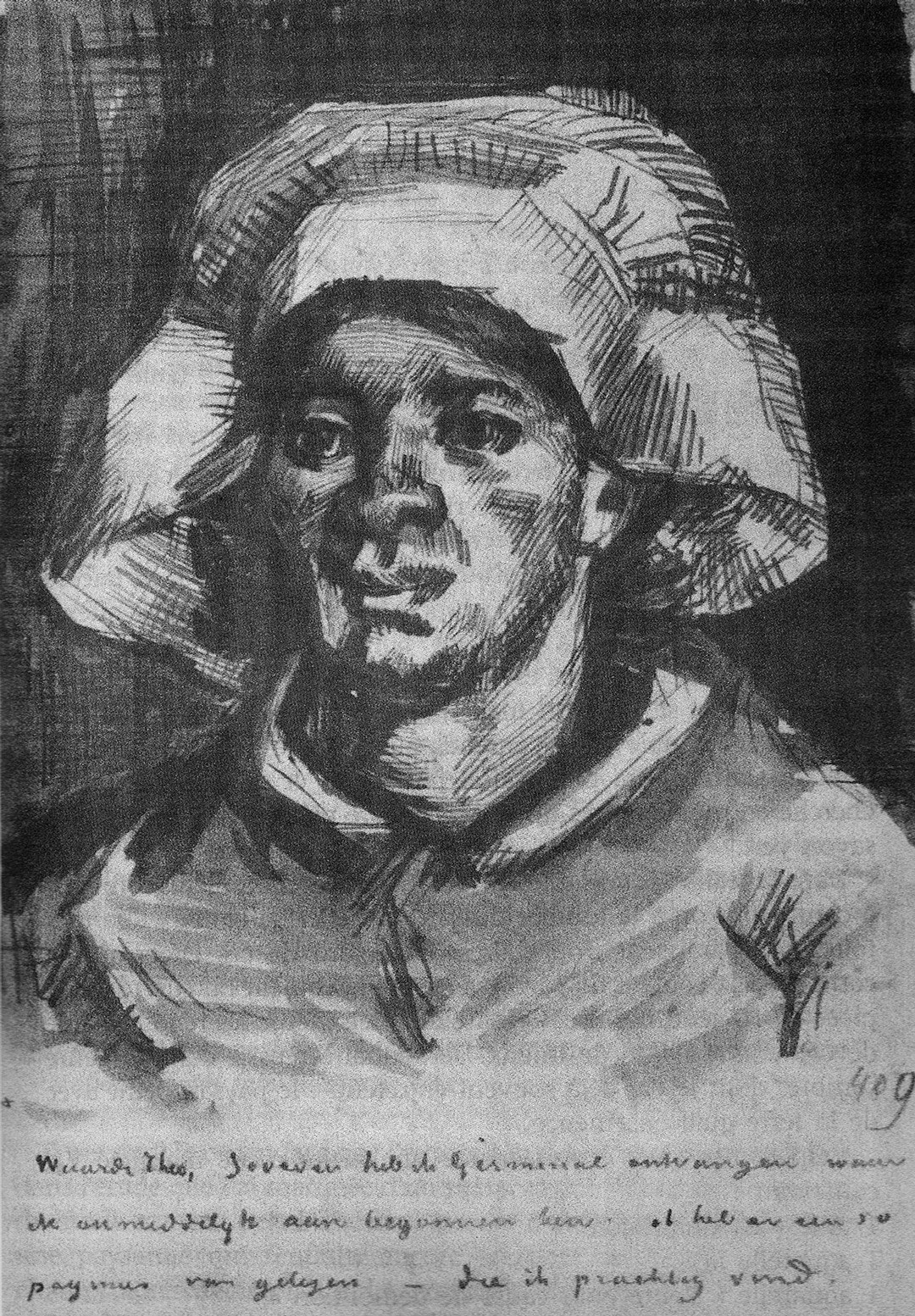
(2) Illustrated letter from Vicent van Gogh to his brother Theo van Gogh. May, 1885. Amsterdam, Rijksmuseum Vicent van Gogh.
Talking about family correspondence, we cannot escape from Vincent Van Gough and the 650 letters - most of them illustrated- sent to his brother Theo, his closes confident. In one of them Vincent thanked Theo the sending of "Germinal" by Emile Zola, and tell him how some of its sceneries he have already traveled walking (2). Antoine de Saint-Exupéry also wrote to Madame Saint_Exupéry, his mother, telling her about his flights, the covered territories, his forehead sweat or his fingers frozen by the cold during a flight (3).
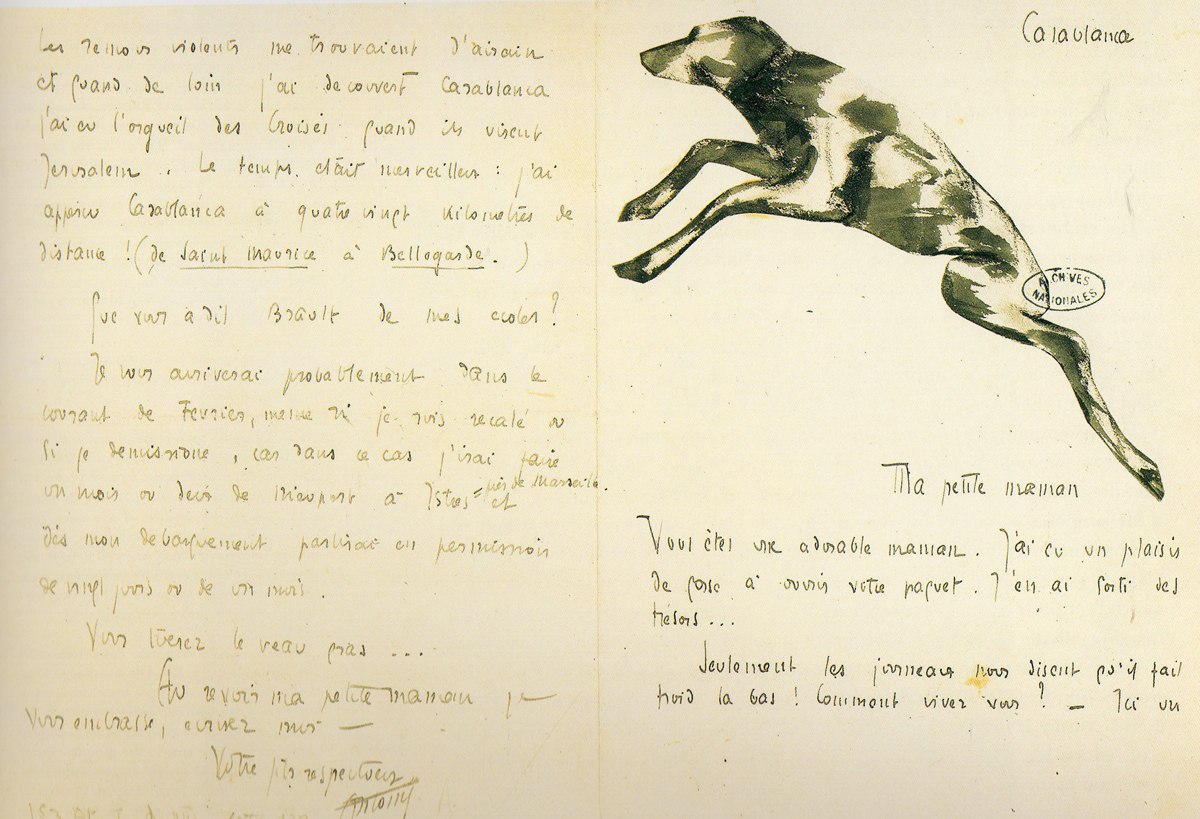
(3) Illustrated letter from Antoine de Saint-Exupéry to Madame de Saint-Exupéry. Paris, Archives Nationales.
Do not forget about the mailing between friends such as Pablo Picasso, Max Jacob and Guillaume Apollinaire, the inseparable trio. Picasso showed in his correspondence a compact form of expression (4); the eloquent letters of Jacob were the evidence of writing to a confident (Picasso), and Apollinaire in his letter "Pipe-and-brush"(5) sent to Picasso in 1914, shows the calligram in the middle of birth: "And I´m also a painter!" he wrote. "I think it´s a great innovation", the poet rightly guessed.
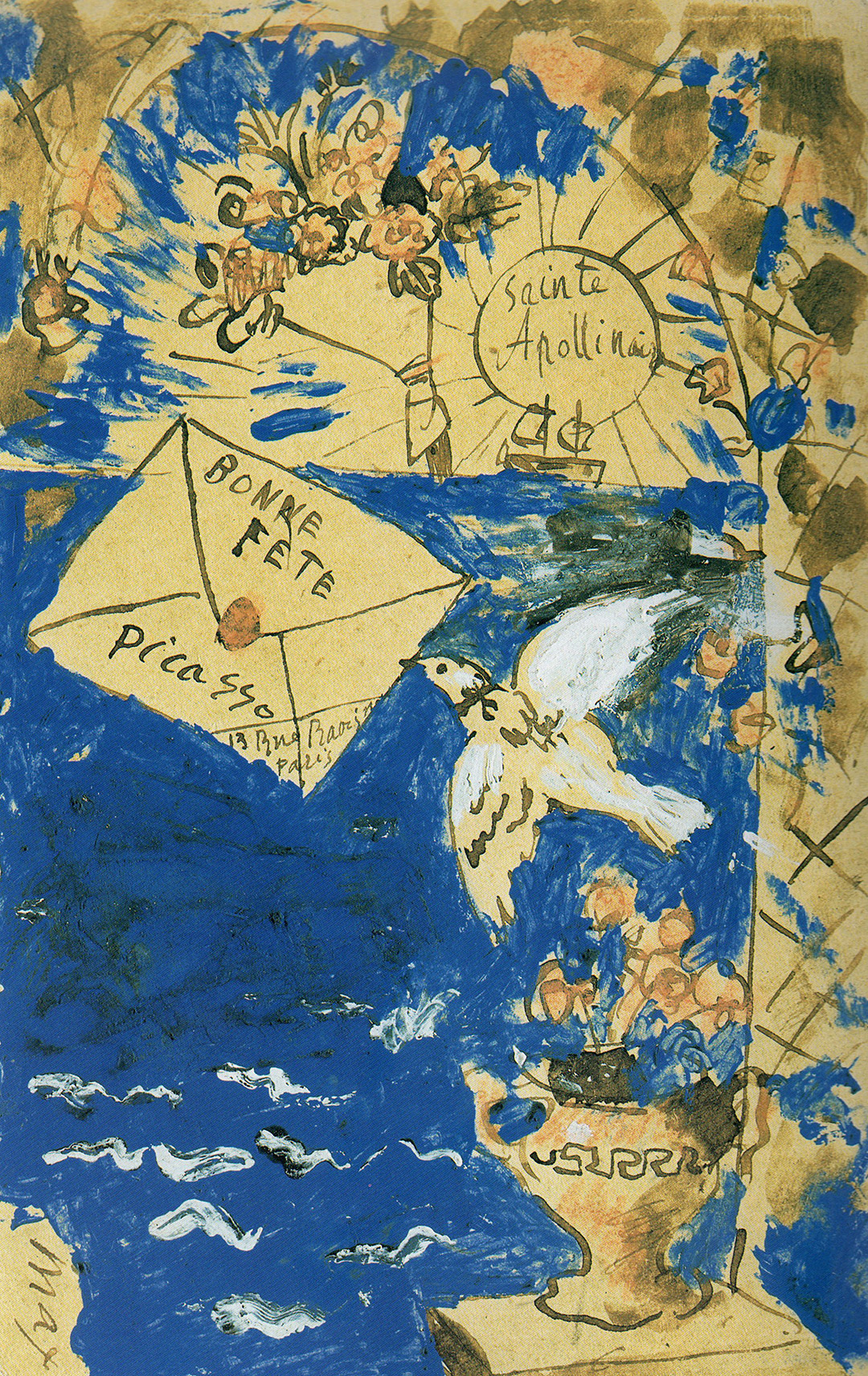
(4) Postcard from Pablo Picasso and Max Jacob to Guillaume Apollinaire. July, 1905. Paris, Musée Picasso.
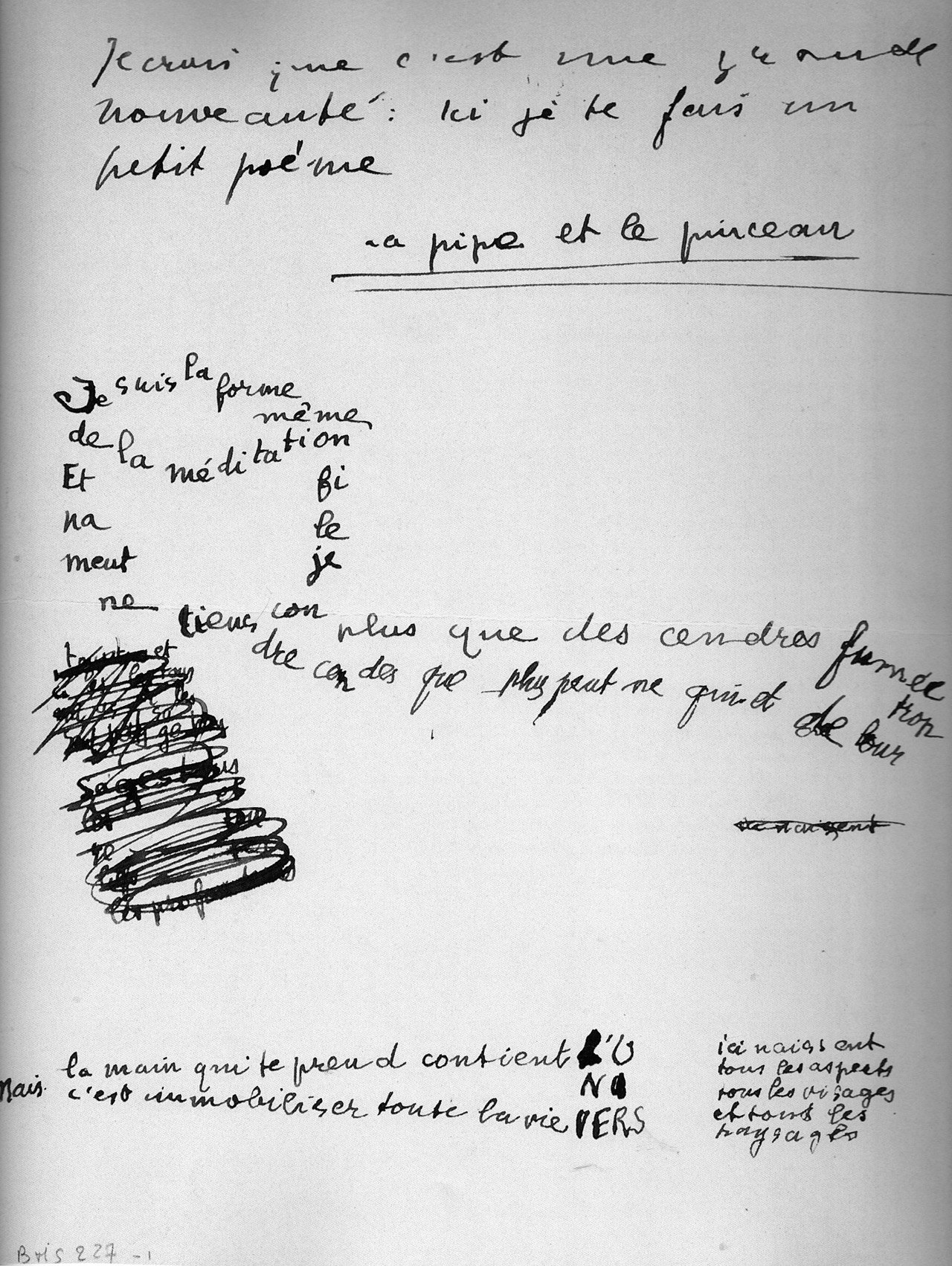
(5) Letter with calligram (Pipe and Brush), from Guillaume Apollinaire to Pablo Picasso. July, 1914. París, Musée Picasso.
The letters to distant clients could not be missed. Le Corbusier in 1925 intended to convince a young couple through a letter in which, with a "virtual architectural walk" with footer commentaries, shows to Madame Meyer how appropriate was his design.
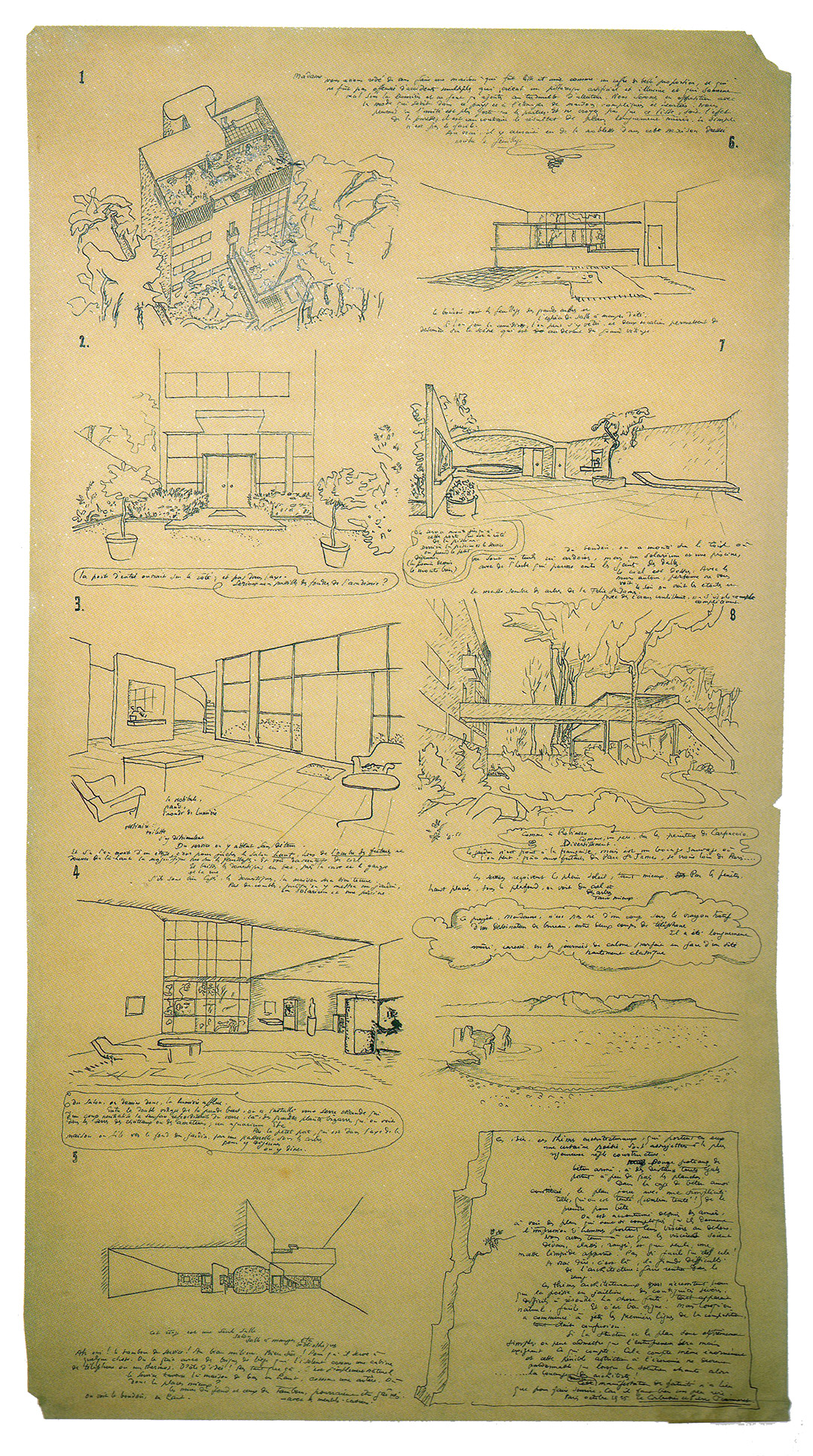
(6) Letter from Le Corbusier to Madame Meyer, illustrated with the Project of Villa Meyer in Neuilly. October, 1925. Paris, Foundation Le Corbusier.
With regard to the recent holidays, we can’t forget the letters that J.R.R. Tolkien, on behalf of Father Christmas, sent to his children, between 1920 and 1943. Every December the kids received the fantastic letters illustrated by himself, narrating the original and varied events, funny or worrying, of the life at the North Pole. Elves, goblins, polar bears, gnomes and other unique characters nurtured the imagination of the children, as well as, implicitly, today you can see an echo of his parallel work, and the situation of England in those years. (7)(8)
This letter is a kind of correspondence different from the one outlined in the upper paragraphs, but it is correspondence at last. Likewise, the emails that have arrived to METALOCUS’ e-mail address due to the release of the second season of "In Tretament", the virtual couch where architects who are currently outside of their country will have a space to talk about their experiences. Vienna, Amsterdam, Brussels, Beijing, New York, Berlin, Munich, Madrid, are some of the cities from where we will receive news.
It is grateful that we can be able to meet each other in this "third environment" that, as Javier Echeverría, the author of Telepolis, says is strengthened by the experiences recovered from the relationship between Nature (first environment) and the City (second environment). We are cosmopolitans of a second environment about which we wrote, but we are also good telepolitans, because despite we are at miles of distance, and paraphrasing Echeverria once again, we are able to break those topological and metric structures, instituting reticular, transterritorial and even transtemporal scopes of remote interaction, thus, being able to share our experiences and common interests.
In the next days somebody perhaps will mention in this section the importance of finding a place to live like Tolouse-Lautrec. Maybe another will tell you the emotion of crossing places well-known before in books, or vice versa, like Vicent to Theo. Somebody will relate that the flight has been great, or bad, that it was cold or warm, maybe not as fantastically as Saint-Exupéry who piloted his own airplane. There will be somebody so concise like Picasso, so eloquent like Jacob, or someone who has intuited a great innovation, like Apollinaire. Of course, there will be someone who sets out his projects through computer science tools, and we may even rediscover the pictorial paper-and-pencil.
Who knows if someday the correspondence of the 21st century will be jealously exposed in a crystal case. It is true that the old epistolary are a kind of relic; that nowadays it's hard to find the personnel handwriting. But I didn't pretend to fall in the nostalgia of a past time. We, the collaborators of In Treatment II, are really glad that you, the reader, can be able to receive this letter from METALOCUS in your virtual mailbox without concerning the place of the world where we are.
BIBLIOGRAPHY
BAILEY, Martin, ed. “Lettres illustrées de Vincent Van Gogh”. Ed. Herscher. ParIs. 1992
CAIZERGUES, Pierre; SECKEL, Hélène, eds. “Picasso/Apollinaire, Correspondance”. Ed. Gallimard. Paris. 1992
DE AYALA, Roselyne; GUÉNO, Jean-Pierre. “Illustrated Letters. Artists and Writers Correspond”. Ed. Abrams. New York. 1999.
DE SAINT-EXUPÉRY, Antoine. “Lettres à sa mère”. Ed. Gallimard. Paris. 1997
ECHEVERRÍA, Javier. “Los Señores del aire: Telépolis y el Tercer Entorno”. Ed. Destino. Barcelona. 1999
LE CORBUSIER. “Le Corbusier et Pierre Jeanneret oeuvre complète”. Vol. 1. 1910-1929. Les éditions d'architecture. Zurich. 1995
SCHIMMEL, Herbert, ed. “The Letters of Henri de Toulouse-Lautrec”. Ed. Oxford University Press. Oxford. 1991
IN TREATMENT - METALOCUS.
DIRECTOR: JOSÉ JUAN BARBA. COORDINATION: INÉS LALUETA. ORGANIZATION: INÉS LALUETA, PEDRO NAVARRO. GUESTS SECOND SEASON: JOSÉ JUAN BARBA, JAVIER SANCHO, FRANCISCO PELAEZ, MICHAEL MORADIELLOS, MELISSA SCHUMACHER, VERÓNICA ROSERO, AINHOA MARTÍN.























